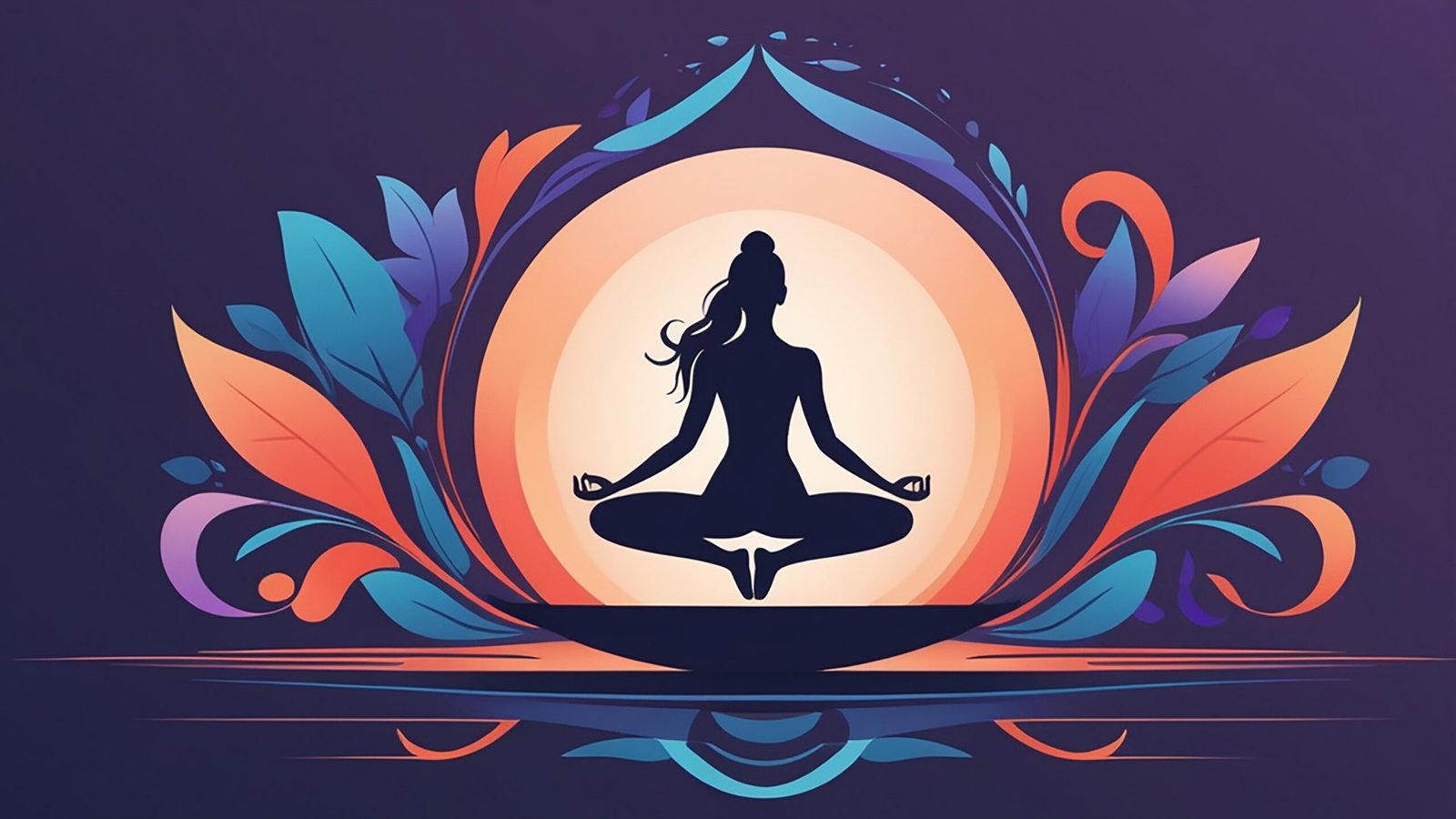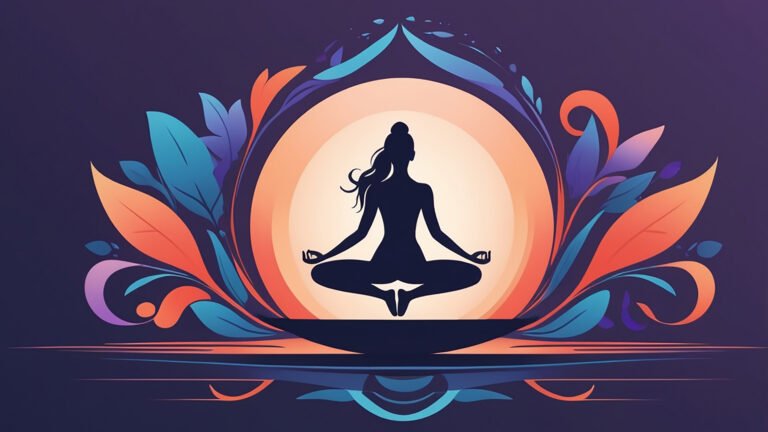— Introduction :
Ujjayi — the victorious breath — is the pranayam of the meditative warrior, where every inhalation becomes a rising tide of awareness and every exhalation, a wave of surrender. The Sanskrit word Ujjayi means “to conquer” or “to rise above,” and this breath empowers the practitioner to do just that — to transcend distraction, agitation, and fatigue.
Unlike other pranayams that involve alternate nostril techniques, Ujjayi is performed entirely through the nose, with a subtle constriction of the throat to produce a soft, ocean-like sound — often described as the sound of the sea or a gentle whisper. This sound is not just an auditory experience but a meditative anchor, bringing the mind into the present and the breath into rhythm.
Ancient yogis referred to Ujjayi as the “psychic breath,” for it harmonizes the Ida and Pingala nadis, balances both hemispheres of the brain, and deepens the inner gaze. It is also known as the breath of inner fire (pranic heat) and is often used during asana practice, especially in styles like Ashtanga and Vinyasa Yoga.
Ujjayi cultivates a steady, introspective awareness — a breath that is both calming and empowering, soft and strong. It leads the practitioner into deeper pratyahara (withdrawal of senses) and sets the foundation for internal stillness.
— Step-by-step Instructions :
- Sit in Padmasana, Siddhasana, or comfortable meditative posture
- Close your eyes, relax your body, and focus inward
- Slightly constrict the throat (glottis) as you inhale and exhale — as if breathing through a narrow pipe
- Breathe slowly and deeply through the nose, creating a soft hissing or ocean-like sound
- Keep the mouth closed at all times
- Both inhalation and exhalation should be slow, smooth, and equal in duration
- Focus on the sound and the vibration in the throat
- Begin with 10 rounds, or continue for 5–10 minutes
— Physical And Mental Benefits :
- Increases oxygen absorption and calms the nervous system
- Enhances concentration and meditative awareness
- Regulates blood pressure and improves lung capacity
- Strengthens the parasympathetic nervous system (rest and digest mode)
- Builds internal heat, improving digestion and metabolism
- Promotes emotional stability and reduces anxiety
- Supports asana practice by maintaining breath awareness
- Balances the brain hemispheres and integrates pranic energy
— Precautions to Keep in Mind :
- Avoid if suffering from severe respiratory disorders (e.g. asthma, bronchitis)
- People with low blood pressure should practice with caution
- Do not force the throat or strain the sound
- Beginners may feel throat dryness — sip water after practice
- Avoid practicing with a full stomach
- Not suitable for those with recent throat or nasal surgeries
— Beginner’s Tips :
- Practice the sound without effort; it should feel natural and soothing
- If unsure about the sound, try exhaling with an open mouth as if fogging a mirror — then repeat with mouth closed
- Keep the breath slow and rhythmic
- Start with short sessions and gradually increase
- Use it during asana or meditation for enhanced control and awareness
— Best Time to Practice :
- Early morning or during meditation and asana practice
- Can be practiced anytime during the day to calm the mind
- Ideal during sunrise or sunset for inner balancing
- Not suitable immediately after meals
— Advanced Variations :
- Combine Ujjayi with Kumbhaka (breath retention) for deeper practice
- Apply Bandhas like Jalandhara or Mula Bandha during retention
— Wrapping Up :
Ujjayi Pranayam is a breath of power and presence — steady, deep, and alive. It tames the wandering mind, awakens the inner fire, and grants the practitioner victory over restlessness. As the soft ocean sound echoes within, the breath becomes a mantra, and the yogi begins to sail inward — toward silence, toward light, toward the Self.

